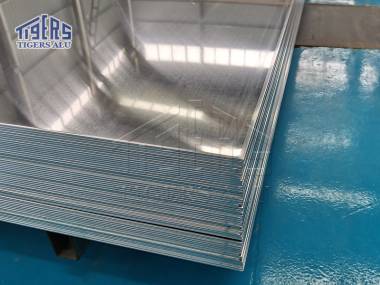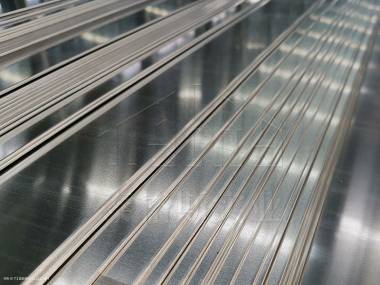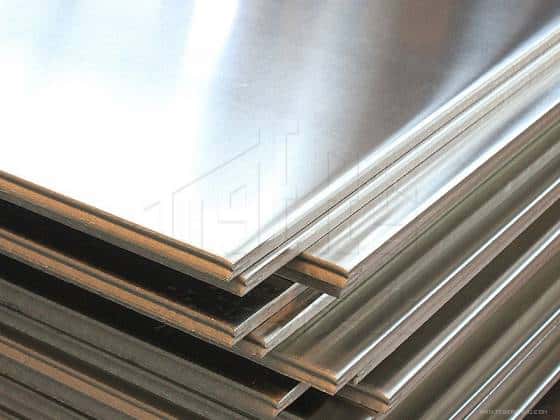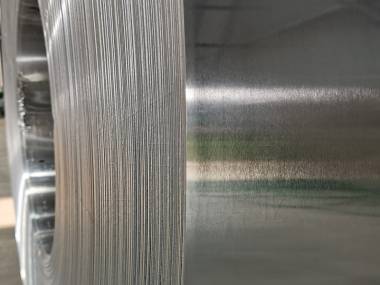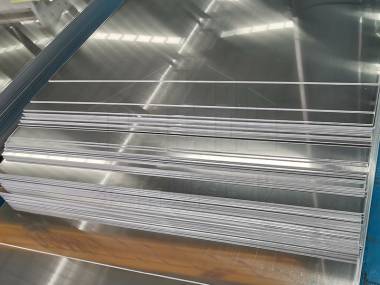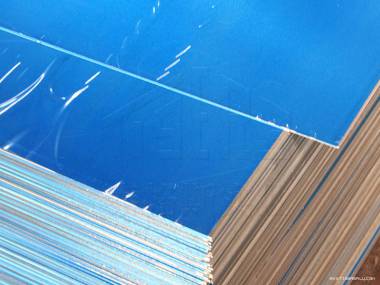The difference between aluminum 1050 and 1100 Aluminum sheet
1050 aluminum and 1100 aluminum Description
Aluminum alloy is used in a wide variety of industries because of its lightweight and high strength.
1050 aluminum and 1100 aluminum are the two most common aluminum alloys, but these two alloys have different properties.
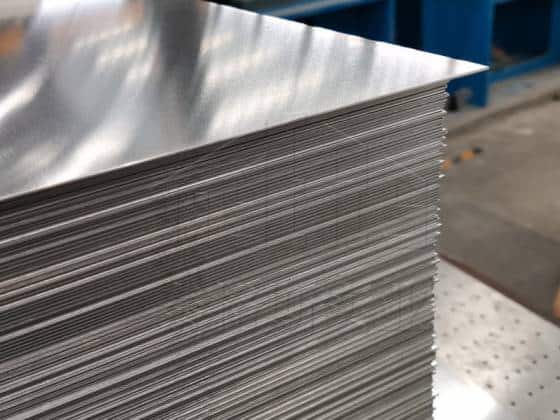
aa1050 h14 aluminum sheet
1050 alloy aluminum and 1100 alloy aluminum alloys have some similarities, But there are some differences.
Both alloys contain 99.5% aluminum, but the 1100 aluminum has 0.4% iron, 0.2% copper, and 0.2% sil
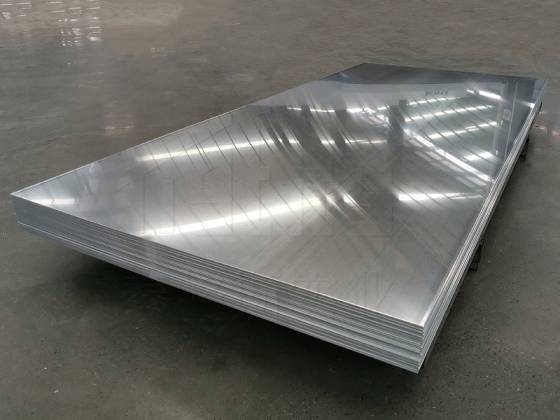
1100 h14 aluminum sheet
While the 1050 aluminum has 0.4% iron and 0.45% silicon.
1100 aluminum has higher tensile and yield strengths than 1050 aluminum.
We will elaborate on their differences in terms of characteristics and applications, respectively.
Difference between aluminum 1050 and 1100 Aluminum sheet
Different properties
Different chemical composition
1050 aluminum alloy consists of 99.5% aluminum, 0.4% iron, 0.45% silicon, and 0.2% copper. This alloy is commonly used for applications that require good weldability and corrosion resistance.
1100 aluminum alloy is composed of 99.6% aluminum, 0.4% iron, 0.2% copper, and 0.2% silicon. This alloy is often used in applications due to its high strength and low cost.
| Alloy | Si | Fe | Cu | Mn | Mg | Cr | Zn | Ti | Others: each other |
Others: total |
Al: Min. |
| 1050 | 0.25 | 0.40 | 0.05 | 0.05 | 0.05 | – | 0.05 | 0.03 | 0.03 | – | 99.50 |
| 1050A | 0.25 | 0.40 | 0.05 | 0.05 | 0.05 | – | 0.07 | 0.05 | 0.03 | – | 99.50 |
| 1100 | 0.95 (Si + Fe) | 0.05~0.20 | 0.05 | – | – | 0.1 | – | 0.05 | 0.15 | 99.0 | |
Different Physical Properties
1050 aluminum and 1100 aluminum have the same density of 2.7 g/cm³ (theoretical) and the same modulus of elasticity of 69 GPa (10,000,000 psi), but 1050 aluminum sheet has a melting point of 538 ℃ (1000 ℉) and 1100 aluminum sheet has a melting point of 582 -635 ℃ (1084 – 1175 ℉).
Different Mechanical Properties
The elongation is the same for 1050 aluminum and 1100 aluminum, both at 10%.
1050 aluminum exhibits a tensile strength of 30 MPa (4,350 psi) and a yield strength of 25 MPa (3,625 psi).
1100 aluminum exhibits a tensile strength of 45–95 MPa (6,525–13,875 psi) and a yield strength of 30–90 MPa (4,350–13,125 psi).
Applications of 1050 aluminum VS 1100 aluminium
1050 aluminum is commonly used in the aerospace and automotive industries for components such as rivets, couplings, and brackets. It is also used in the medical industry for implants and orthopedic devices.
1100 aluminum is softer than 1050, so 1100 aluminum is ideal for applications that require good corrosion resistance, but do not require high strength. It is commonly used in cookware, roofing, gutters, and electrical components.
1050 aluminum and 1100 aluminum alloy are similar but different.
The 1050 aluminum is best suited for applications that require good weldability and corrosion resistance, while the 1100 aluminum is best suited for applications that require good corrosion resistance but do not require high strength.
